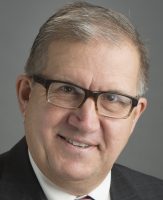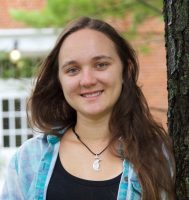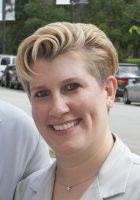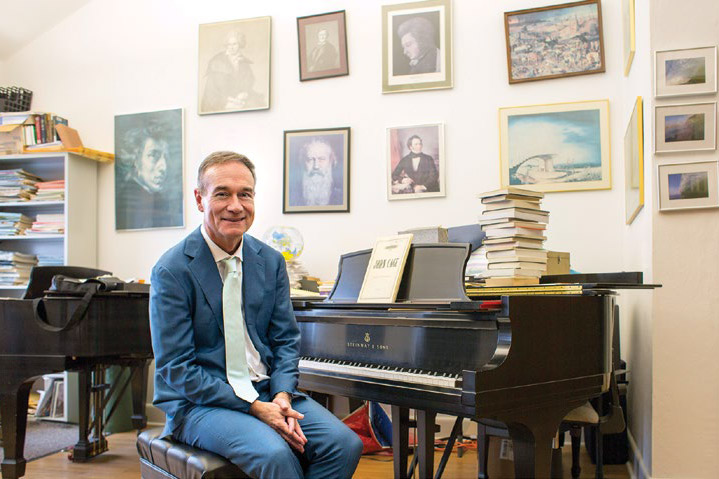On topic
Q: What’s one thing you can learn in a STEM classroom that you can’t learn anywhere else?

Cindy Strong, professor of chemistry
In a science classroom, students can make scientific claims that are based on data they’ve collected, evaluated, and analyzed. We hope that this experience helps them to evaluate scientific claims they encounter in commercials, on product labels, or in the news.
Craig Tepper, professor of biology
The length of DNA in one human body is 1,200 times greater than the average distance between the earth and sun (approximately 150 million kilometers). If all 46 human chromosomes in one cell nucleus are arranged lengthwise, the distance would be approximately 1.8 meters. Assuming that there are approximately 1014 cells in a human body, the total length of DNA would be 1.8 x1011 kilometers.
 Leon Tabak, professor of computer science
Leon Tabak, professor of computer science
In the study of computer science, you will learn how to prove that, in all of history, the number of people who have shaken hands with an odd number of people is even. This result will help you count connections in networks of computers.
Belou Quimby ’19, biology major from Los Cabos, Baja
Something that I found fascinating to learn about was the molecular composition of plastics, and how they are made. There are a very wide variety of plastics, all replicas of individual monomers put together in a series. It is mind blowing how the organization of similar molecules produce a seemingly infinite number of types of plastics.
 Dr. Emily Lombard ’00, associate program director, OB/GYN Residency, Presence Saint Joseph Hospital, Chicago
Dr. Emily Lombard ’00, associate program director, OB/GYN Residency, Presence Saint Joseph Hospital, Chicago
For pre-med students, the ability to develop critical thinking skills starts in the basic science classroom. Learning to hypothesize about potential diagnoses as they learn the foundations of anatomy and physiology will help them learn to treat the patient as a whole and not just focus on the disease.



